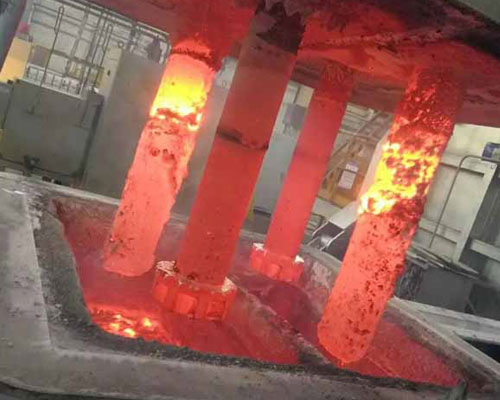It must be degassed to ensure the quality of aluminum alloy castings. Its influence on the mechanical properties of A356 alloy has been fully studied and proven. The influence of degassing method for molten aluminum on the quality of aluminum alloy not only includes hydrogen content, but also the final melt quality or its cleanliness.
There are two degassing methods for molten aluminum.
Degassing Device
The degassing device is an automatic metal processing system, it is one environmentally-friendly degassing and cleaning method for molten aluminum. AdTech degassing unit standard includes 1 room 1 rotor, 2 rooms 2 rotors, 3 rooms 1 rotors.
The degassing system uses the impeller and the rotor together to produce fine inert bubbles and mix them with the melt. These tiny bubbles are evenly distributed throughout the melt without disturbing the surface, thereby maximizing the contact area between the gas and the melt. A higher level of degassing and cleaning can be achieved, and processing time can be reduced.

Degassing with Spray Gun
During degassing, the spray gun diffuser produced a large cloud of bubbles near the diffuser. In the degassing process, the degassed bubbles float in the melt with a convection loop.
The gas existing in aluminum alloys can cause serious problems in terms of mechanical properties, surface appearance, and even surface treatment. Foundry engineers are well aware of this effect and usually perform appropriate degassing treatment before casting aluminum alloy to produce castings.
Smaller purge bubbles, because the surface area of a given volume of purge gas is large and the melt moves slowly, the purge bubbles can effectively remove the gas.
Compare the effect of spray gun and porous plug in reducing hydrogen. However, most research work only evaluates the effects of different degassing technologies based on the relationship between hydrogen content and degassing time. Reasonably, reducing the hydrogen content can indeed improve the mechanical properties of the aluminum alloy.

